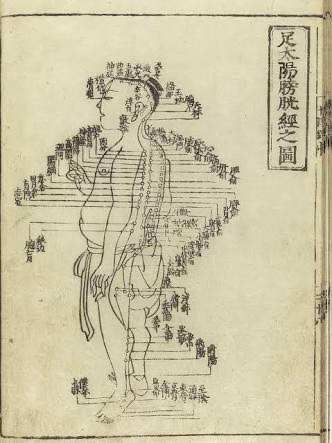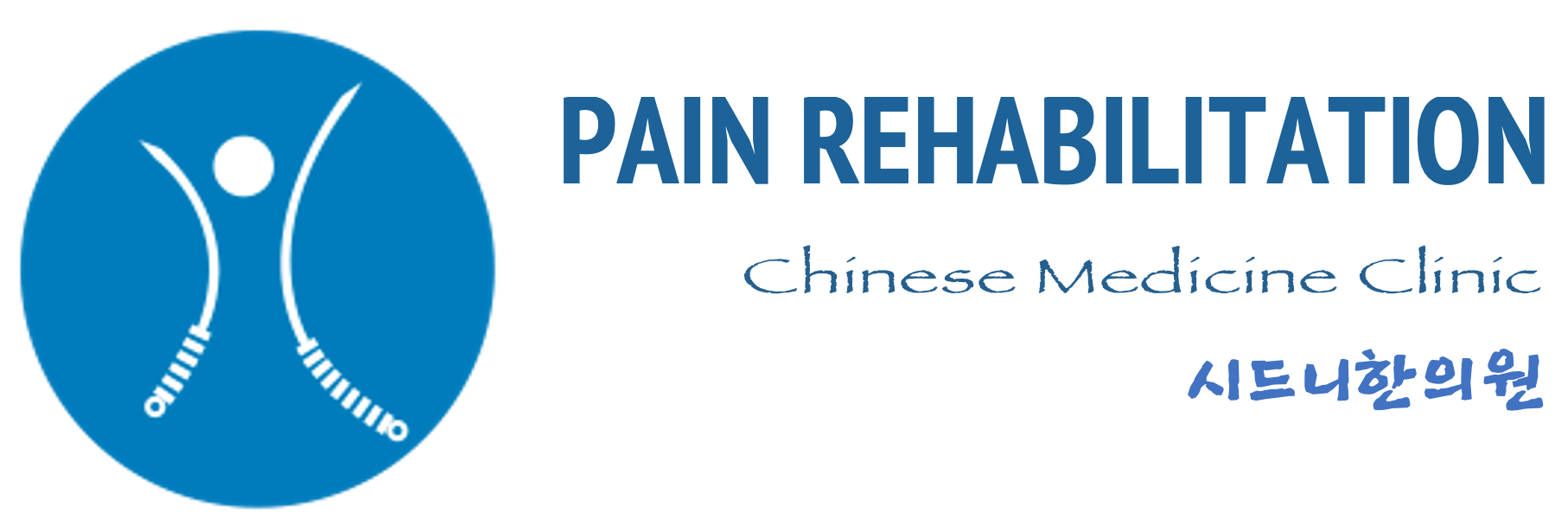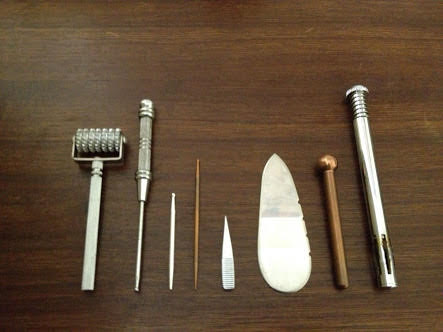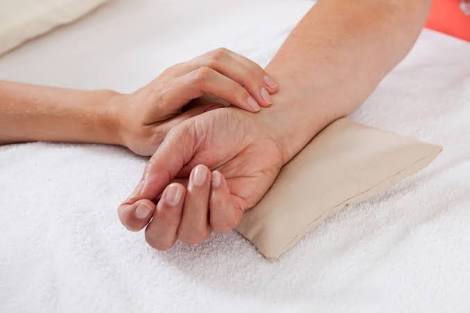 TCM Terminology Beginner’s Basics:
TCM Terminology Beginner’s Basics:
Yin, Yang, Qi, Blood(Xue), Fluids, Essence, Shen and meridian
- The goal of TCM is to bring balance to the body and self. Balance equates to lack of disease, it is also a lack of disease to the extent your genetics and constitution allow. This means that if you were born with a genetic predisposition to a particular imbalance/disease, TCM’s goal is to help bring you into balance as much as possible.
2. Yin and Yang is the foundation of all TCM – if you become confused, return to the basics: Yin and Yang.
What are Yin and Yang?
- Yin and Yang are opposite energies that exist on the same spectrum.
- There is no pure Yin or pure Yang, they exist together. There is always Yin within Yang and Yang within Yin.
- An example is the moon: while the moon is Yin, the sun’s light reflects the moon and there can be more Yang (light) within the Yin moon depending on the moon’s cycle. A full moon would have more Yang within Yin, whereas a new moon would have little Yang within Yin.
- It is all relative.
Yin is that which is feminine, dark, heavy, wet, cool, passive and receptive, it moves inward and downward, sinks, it is the moon, the dark side of a hill, it is sympathetic. It is still. Yin is West and North, below, contracting, growing, resting, matter, space, water, earth.
Yang is masculine, light, dry, warm and active, it is upward and outward moving, rises, it is the sun, the sunny side of a hill, it is parasympathetic. It moves. Yang is South and East, above, expanding, generating, activity, energy, fire, time, heaven.
In the body, Yin is the interior, front, below the waist, structure, blood and fluids. Yang is the exterior, back, above the waist, function and Qi. Yin is primarily the body, Yang is primarily the head.
3. Qi is the fundamental energy, the force that activates life. It is part of Yang, in that it is movement, warmth and activity. Qi transports, transforms, warms, protects, and holds the body, systems and processes.
4. Blood(Xue) is part of Yin, it is similar to the Western description of blood and also includes circulation and stagnation.
5. Fluids are also part of Yin, they include saliva, tears, urine, sweat, lymph and other bodily secretions.
6. Essence is similar to Ojas in Ayurveda. Essence is in charge of reproduction, development, growth and decay; as such it is the basis for our vitality and strength. You can never have too much Essence,while you can have too little.
7. Shen is not just Spirit, but also the Mind. Shen resides in the Heart, and is both the reflection and representation of the health of the person/animal: spiritual, emotional, mental/psychological, and physical.
Qi (energy) flows through specific pathways called meridians.
Chinese medicine mapped the pathways of the 12 meridians thousands of years ago. On these pathways, over 400 points (also called acupressure points, acupuncture points, acupoints) were identified, specific locations on meridians where the Qi can be accessed.
 Chinese Medicine History
Chinese Medicine History


 Acupuncture Point
Acupuncture Point Needle
Needle Pulse
Pulse Acupressure
Acupressure TCM Terminology Beginner’s Basics:
TCM Terminology Beginner’s Basics: 